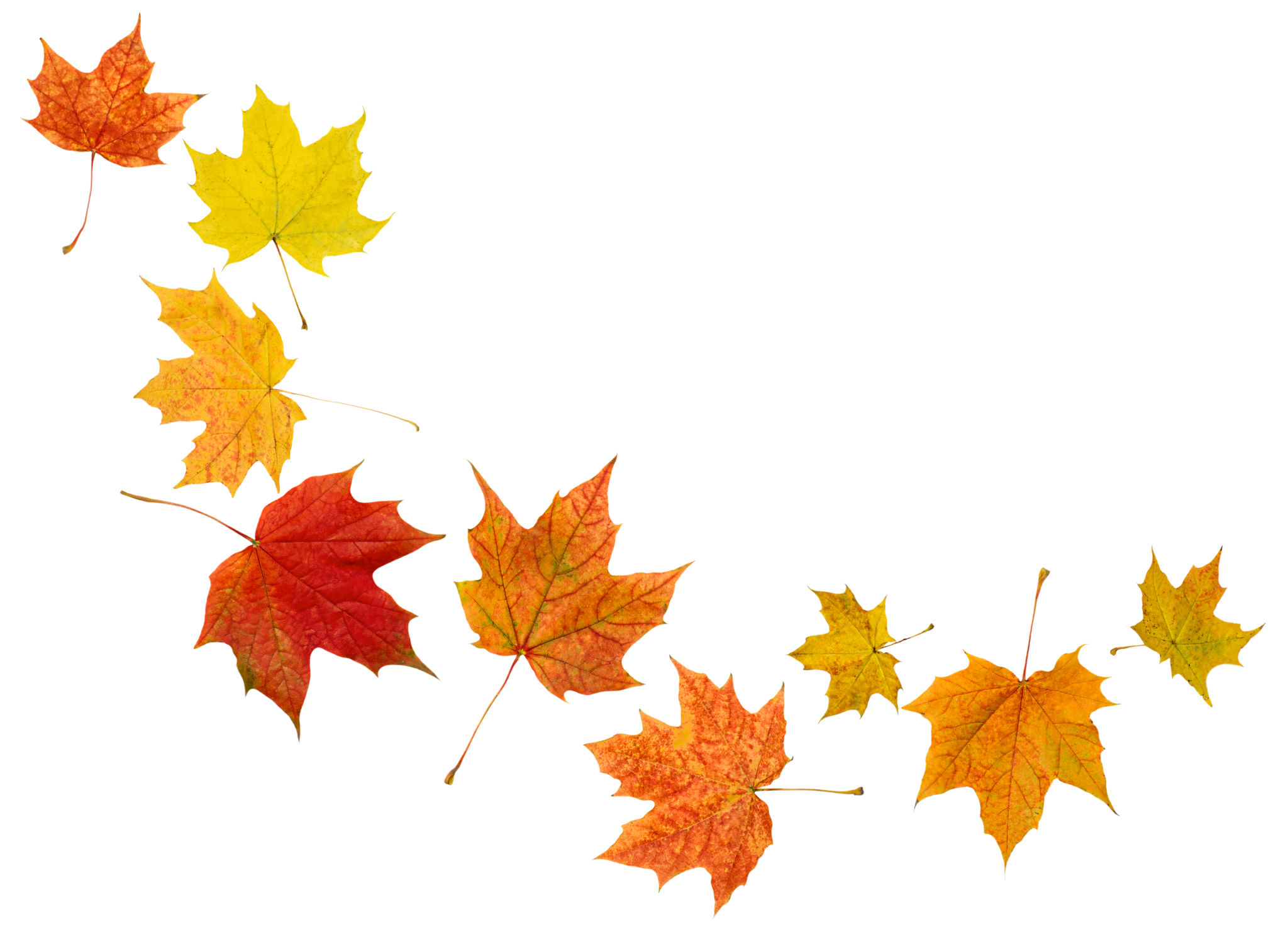Seasonal Self-Care Tips for Abuse Survivors: Embracing Change
Understanding the Importance of Seasonal Self-Care
As the seasons change, it can bring about a mix of emotions and memories, especially for abuse survivors. The transition from one season to another often signifies change and renewal, which can be both comforting and challenging. Engaging in seasonal self-care is crucial for maintaining mental and emotional well-being, allowing survivors to embrace change while nurturing their healing journey.
Each season offers unique opportunities for self-care, allowing individuals to connect with nature and themselves in new ways. By aligning self-care practices with the seasons, survivors can create a rhythm that supports their recovery and growth.

Spring: A Time for Renewal
Spring is synonymous with renewal and growth. As nature awakens, it’s an ideal time for survivors to focus on their own renewal. Consider engaging in activities that symbolize new beginnings. This could be starting a personal journal to track progress or planting a small garden to nurture growth both inside and out.
Incorporating mindfulness into daily routines can also be beneficial. Take moments to notice the blooming flowers or the sound of birds returning. Engaging with these small wonders can foster a sense of hope and renewal.

Summer: Embracing the Light
The longer days and warmer weather of summer invite us to enjoy the outdoors and soak in the sunlight. For many survivors, summer can be an opportunity to reconnect with joy and spontaneity. Consider activities like picnics in the park, attending local events, or simply taking a walk at sunset.
Staying active is important during this season. Physical activities, whether it’s swimming, yoga, or hiking, can help release tension and improve mood. Remember to stay hydrated and protect your skin from the sun as part of your self-care regimen.
Autumn: Reflecting and Letting Go
As the leaves begin to change color and fall, autumn becomes a powerful reminder of the beauty in letting go. For abuse survivors, this season can serve as a metaphor for releasing past burdens. Reflective practices such as meditation or writing gratitude lists can help in acknowledging progress and appreciating life’s blessings.

This is also a great time to evaluate personal boundaries and set intentions for the coming months. As nature prepares for winter, consider what you need to shed in order to feel lighter and more at peace.
Winter: Finding Comfort and Warmth
Winter’s cold and darkness can often feel daunting, yet it also offers a chance for introspection and rest. Creating a cozy environment at home can provide comfort; think warm blankets, soft lighting, and calming scents. Activities like reading or crafting can offer solace during long winter nights.
It’s essential to stay connected during this time. Regular check-ins with supportive friends or family members can provide warmth and understanding. If possible, seek out support groups or therapy sessions tailored for abuse survivors.

Creating a Personalized Self-Care Plan
Developing a self-care plan that aligns with seasonal changes can be empowering for abuse survivors. Start by identifying activities that resonate with you and fit each season’s unique characteristics. Whether it’s journaling in spring or building snowmen in winter, choose what feels nurturing and authentic.
Remember that self-care is not one-size-fits-all. It’s about listening to your needs, honoring your experiences, and making space for healing at your own pace. By embracing seasonal changes mindfully, you can create a holistic approach to self-care that supports your journey towards resilience and recovery.